Usually, the next question is the following:
How many gallons spilled this time?
Sounds like I am beating the same old drum. I am. A correction first in my initial question. According to the news, gasoline spilled, not raw oil from the ground. Other news sources quote oil. Regardless, large volumes of any chemical that spills in any geographical area is not great for the environment. Why? First, the following question:
Why can't these large oil companies get their act together and put infrastructure in place to stop such large volumes from polluting the environment?
In order to agree or disagree with me, we should explore the amount of oil that actually spilled in the cited case in Alabama. First, I want to highlight that based on previous blog posts on my site under the theme "Large Volume Spill" -- the reported amount can be put immediately into perspective. That is to say, if you have been reading the past blog posts, then upon reading the reported number of barrels of oil spilled, the volume should make sense.
To an extent, that realization is rather disappointing since that means this is not an isolated case. Before we draw out more emotions, lets look at the numbers reported and subject the values to dimensional analysis. Below is the result. Enjoy!
How Many Gallons In A Barrel?
In order to understand the magnitude of the spill in Alabama, there are two values that need to be known. First, the volume of oil that actually spilled -- usually reported in units of 'barrels'. Next, the conversion factor from 'barrels' to 'gallons'.
According to the news site "NBC News," the amount of oil that was spilled was in the range of 6,000 to 8,000 barrels. Here is an excerpt about the spill taken from the article:
It's unclear when the line started leaking, but Colonial said in a statement that the leak was detected on Sept. 9, and about 6,000 to 8,000 barrels of gasoline had been lost.The company said there are no threats to public safety because the leak has been contained, but warned that parts of Georgia, Alabama, Tennessee, North Carolina and South Carolina gas markets would first be affected by the "disruption in supply."Patrick DeHaan, a senior petroleum analyst with Gasbuddy.com, said prices at the pumps in those states could swell by 5 to 20 cents a gallon. "And it could be even worse," he said.
Where did the gasoline go? According to the reports, the gasoline has 'pooled' into a 'retention pool' nearby preventing the gasoline from leaking into either the ground water or the nearby river.
Why is this so sketchy?
Why do we run a pipeline next to an important river?
Time and again, we see these designs in the interest of improving the bottom line of the petroleum companies on top of keeping Americans depend on cars. Over the last two years, there have been enough examples of the failure of retention pools. Think of the Gold King Mine waste spill in Colorado. How about the Brazil mine wastewater spill? And just a couple of days ago, there was a spill in Florida -- which I will write about in the next week or so. In times such as these, one has to wonder why the companies want to risk damage to the environment too?
Lets put that discussion on pause for a minute in order to understand the magnitude of the spill here.
How many gallons does this volume equate to?
The conversion factor from a 'barrel' of oil to a 'gallon' of oil is the following provided by the website "asknumbers.com":
There are 42 gallons in one barrel. If you perform the following calculation take 1 and divide the number (decimal number above) as follows: 1/ 0.0238 to get 42 gallons. With these two values, the range can be calculated as shown below:
Wow! Earlier, I suggested that based on the previous posts on this blog, the numbers should be easily put into perspective.
What did I mean by the statement?
How Does The Spill Compare To Refugio?
A couple of years ago, the California coast was once again rocked by an oil spill. Again, in Santa Barbara. The name of the spill was Refugio after the beach on which the oil washed up. I wrote a blog post about the spill that has tainted the beaches below the northern beach. We still see the effects to the environment -- which are not pretty and devastating. Unfortunately, we accept them as part of our dependence on oil.
How does the current gasoline spill compare to the oil spill at Refugio Beach?
The Refugio oil spill was small (142,000 gallons) compared with the enormous 'Deepwater Horizon' Oil spill caused by the BP Oil drilling off shore (210,000,000 gallons). Of course, the 'off shore' drilling was further out. The spill near the beach in California was three orders of magnitude less than 'Deepwater Horizon'. Still, a man-made disaster should not have happened in the first place.
If the value of the current gas spill in Alabama is divided by the volume of the spill in Refugio Beach, the answer is the proportion of one spill to the other as shown below:
Which is to say, the results above based on the ranges calculated for the gasoline spill in Alabama suggest that the spill was 1.7-2.3 times the oil spill in Refugio Beach. The spill overall was small compared to the previous spill entertained on this blog site. Although, any damage to the marine environment or the public drinking water system is too much damage.
What else can be said about the volume of gasoline spilled in Alabama?
Again, if you are a consistent reader of the site, then you can look at the volume and say the following:
The amount that was spilled was relatively small in comparison to recent large volume disasters. If we take an Olympic Swimming pool to use as a metric, not even half of the pool would be filled. Really? Yes, the volume of an Olympic Swimming pool is around 660,000 gallons.
You might be wondering where I got the idea to include the Olympic Size swimming pool. In the "introductory post" for this site, I include an Olympic Size swimming pool as a metric in a dimensional analysis calculation.
Should we be worried about the spill?
Conclusion ...
Based on the last few statements, one might not be concerned about the spill due to the 'relatively small volume' of the spill. Then I would ask the following:
If that volume were small, then why is the price of gas starting to rise as a result?
The answer is due to two culprits. First, the amount that spilled is contained and not a huge amount -- therefore, we have lost some gas. The second culprit is the significant parameter in the loss of gasoline. The infrastructure is a large part of the supply chain and will need to be repaired. Here is a diagram of the pipeline that busted and leaked gasoline taken from the video in the article mentioned above:
According to the map above, the pipeline delivers 40% of the gas to the region.
Why do companies build pipelines like this?
In the event of a break or leak, the entire system is shut down. I have yet to understand the reasoning behind such construction.
Maybe a reader can provide us with some information?
Anyone out there work for a petroleum company want to educate the audience?
Regardless, in the Midwest, there is a current dispute with a native nation about the pipeline crossing property. Additionally, the proposed pipeline will cross right on top of an aquifer in Nebraska. Is this a good idea based on the current events unfolding in the nation -- with regard to large volume chemical spills? Why don't politicians connect the dots between the two disasters? I hate to speculate, therefore, I will end the post here.
After reading the above post, the spill should be easier to understand. Furthermore, in the future, a spill will be easier to cast into perspective given the methodology explained in the brief post with the dimensional analysis. Until next time, have a great day!
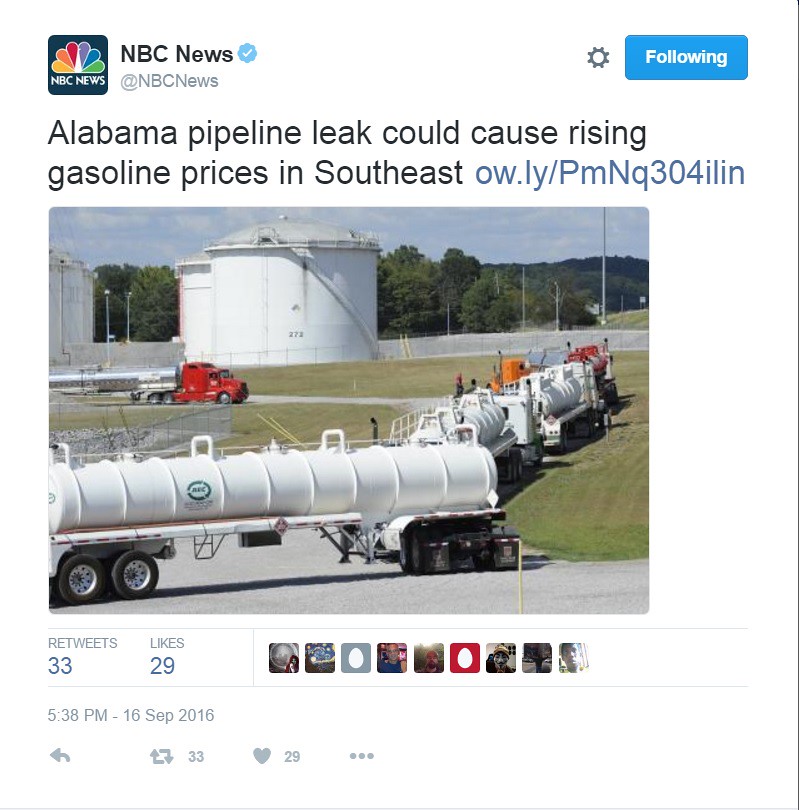
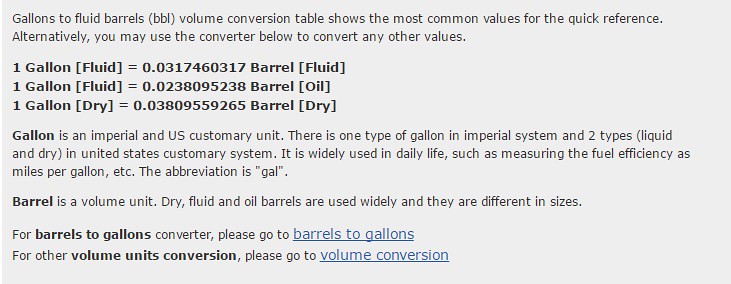
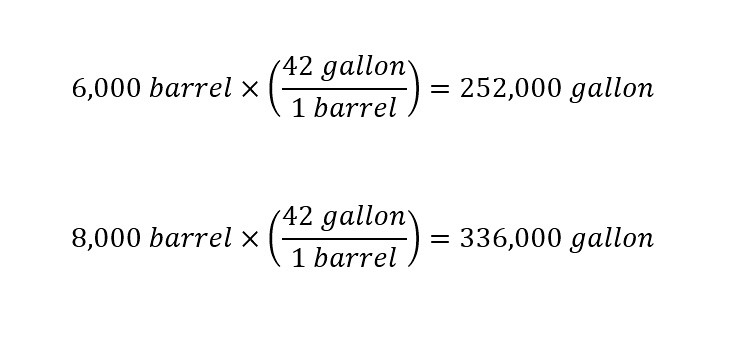
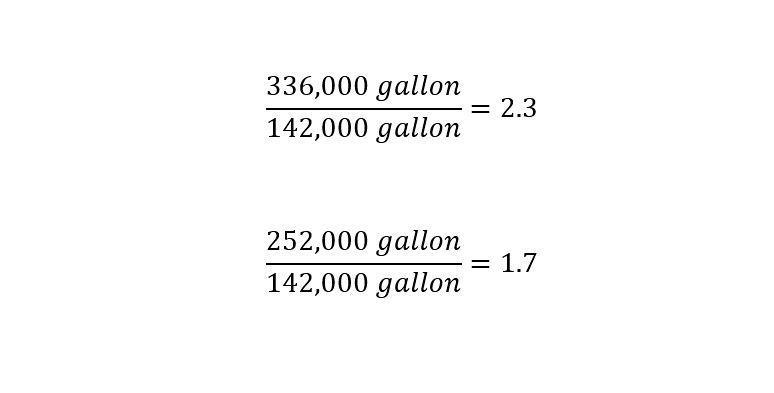
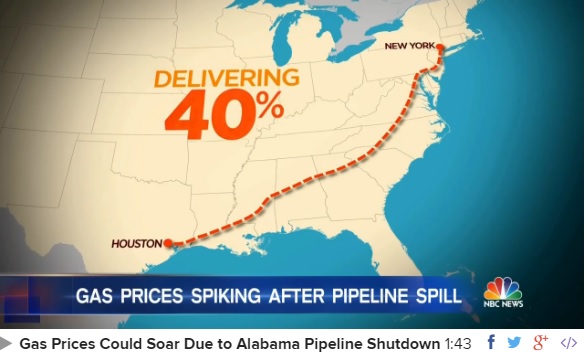
No comments:
Post a Comment